California Residents Resent Newsom’s $20 Billion Tunnel Proposal
Members on both sides of the political spectrum have expressed their outrage over California Governor Gavin Newsom’s plan to build a giant tunnel in order to catch rainwater.
This has been in the pipeline for decades as California authorities have been seeking a solution to create a water tunnel system.
Delta Conveyance Project
The proposed tunnel specifications would be 45 miles in length and 36 feet wide in order to combat climate change and concerns over the state’s water supply.

Flickr user WorldIslandInfo.com
The tunnel in theory would gather rainwater from the Sacramento River and then shuttle it south to store it.
State Water Project
This comes as water has already been extracted from the Sacramento-San Joaquin River Delta estuary in Northern California.
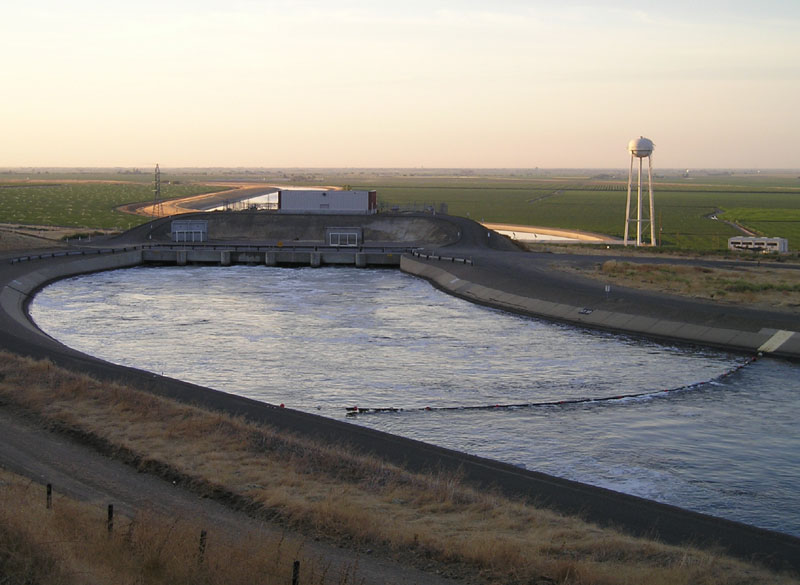
Wikipedia user Elf
It is then transported south creating a supply for 30 million residents of California along with irrigating 6 million acres of farmland.
The California State Water Project
The tunnel being built is part of a larger California water project, so it will affect people across the state in some way.
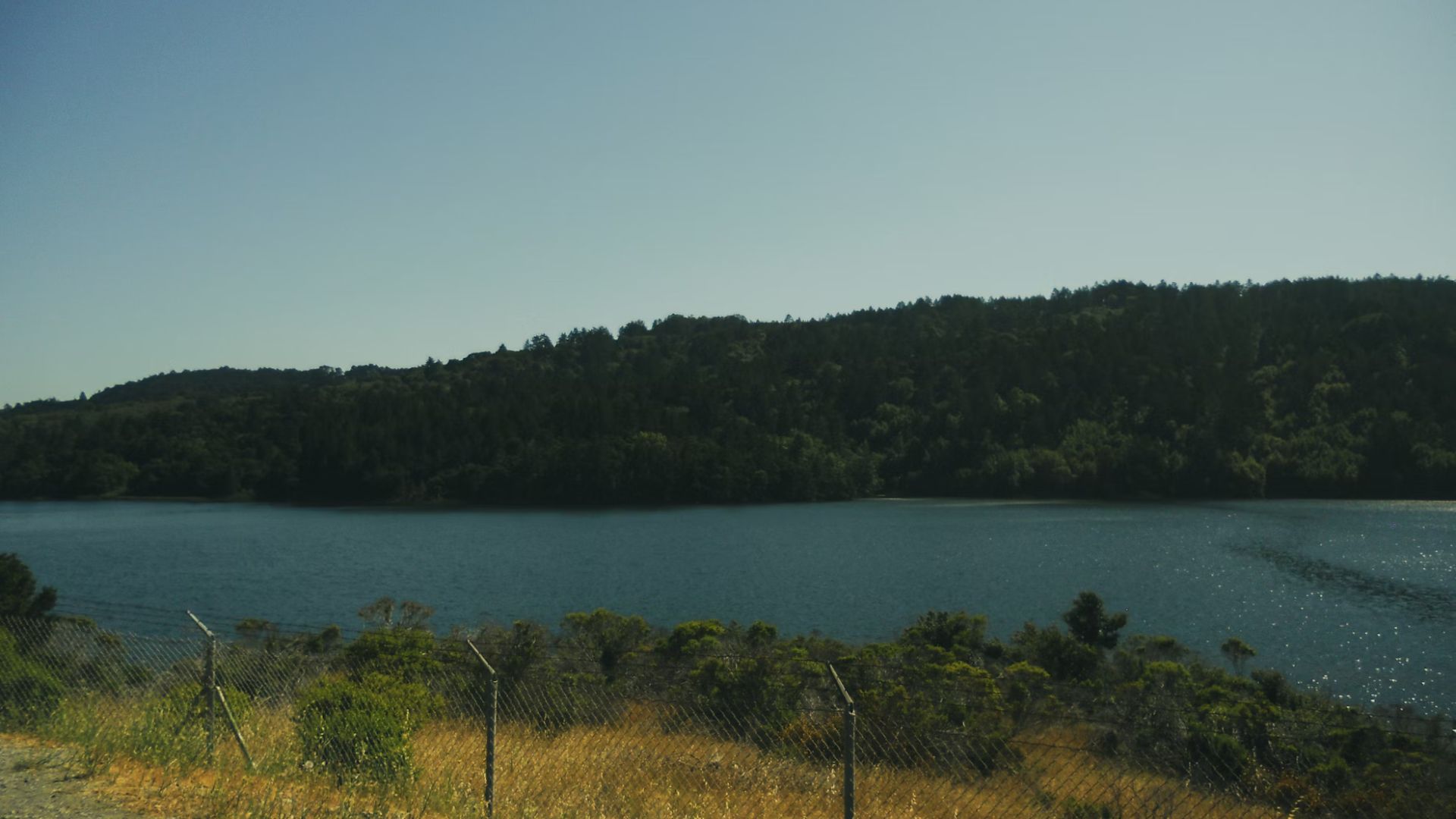
Leo Escala/Unsplash
As part of this project, various reservoirs, dams, and canals provide water to 27 million people and irrigate 750,000 acres of farmland.
There Was Originally Two Tunnels
Newsom did not initially come up with the idea for building the tunnel; his predecessor, Jerry Brown, did.
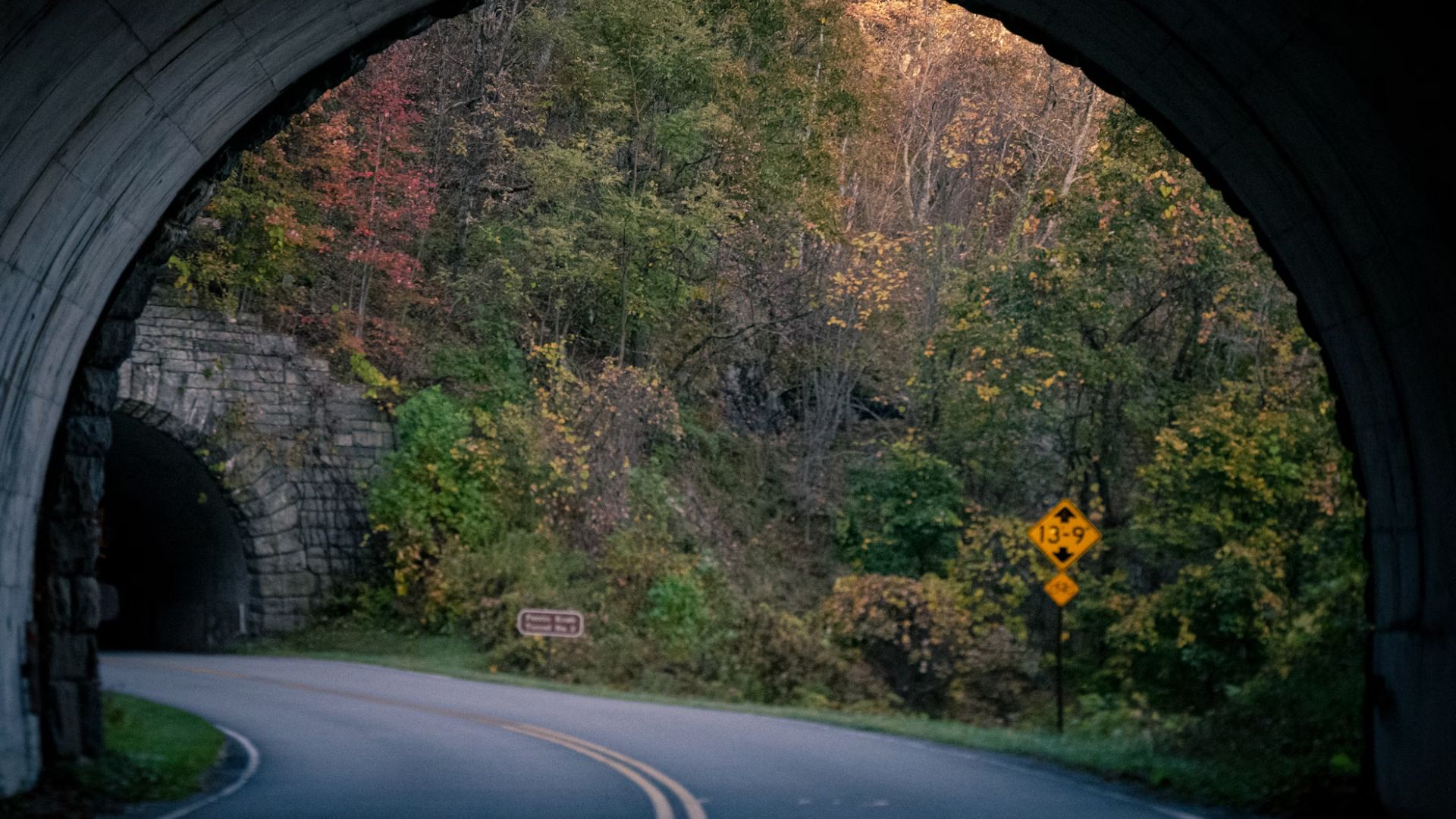
Jeff Miller/Unsplash
However, in Brown’s idea, he wanted 2 tunnels to be built. Newsom thinks that one giant tunnel will be better so that it can capture more water after a storm and send it south for storage.
Increased Need
Although this state water project has been in effect for decades new research from state agencies has predicted that changes will necessitate new solutions.
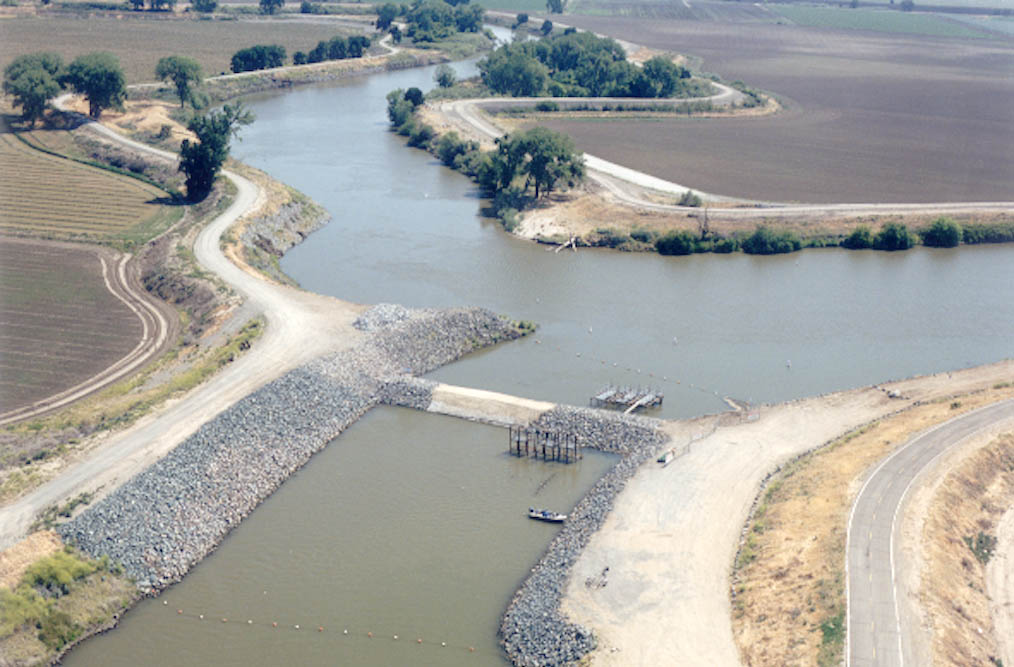
Wikipedia user MCalamari
With climate change and environmental regulations shifting the water supply will be reduced which has led to the Delta Conveyance Project being developed.
Staggering Price
Although there seems to be a real need for this increased water supply the public reaction has highlighted an issue with the price of the project.
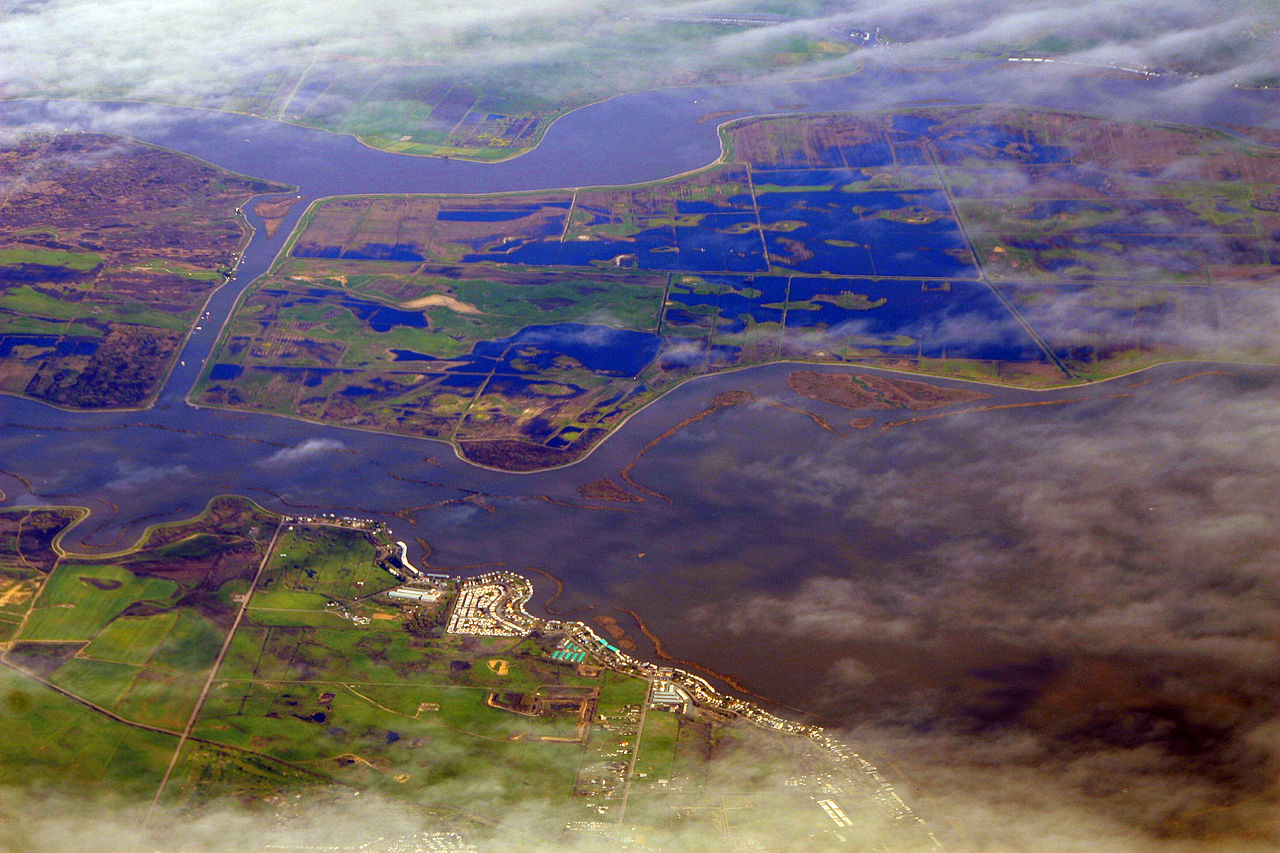
Flickr user Doc Searls
According to research from the Berkley Research Group, the price has increased by $5 billion over previous estimations to $20 billion.
Cost of Inflation
The price surge has come as a result of inflation in the post-pandemic economy which has caused an increase in materials and labor costs.
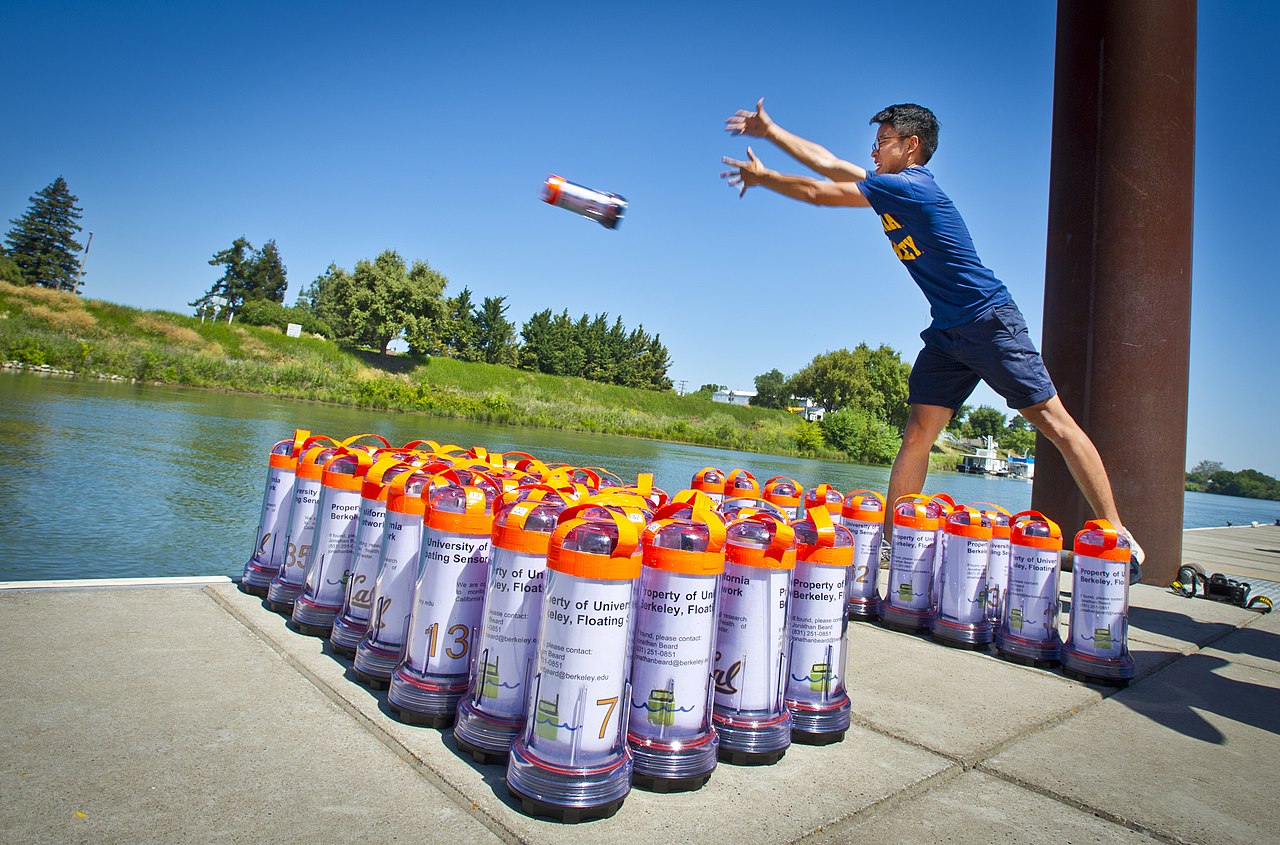
U.S. federal government
The funding for this project is due to come from 29 local water agencies meaning that it will come from the public’s pocket.
Four Years of Broken Promises
Ever since 2020, Governor Gavin Newsom has been claiming that this tunnel is going to be built in California as a way of protecting the water.

Office of the Governor of California/Wikimedia Commons
However, four years on and it doesn’t seem that anything is happening with the project; other than the price going up by at least $4 billion.
Tunnel Benefit
Proponents of the project say that the tunnel will net $38 billion in benefits, mainly from offering a more reliable water supply that is safeguarded from earthquakes.
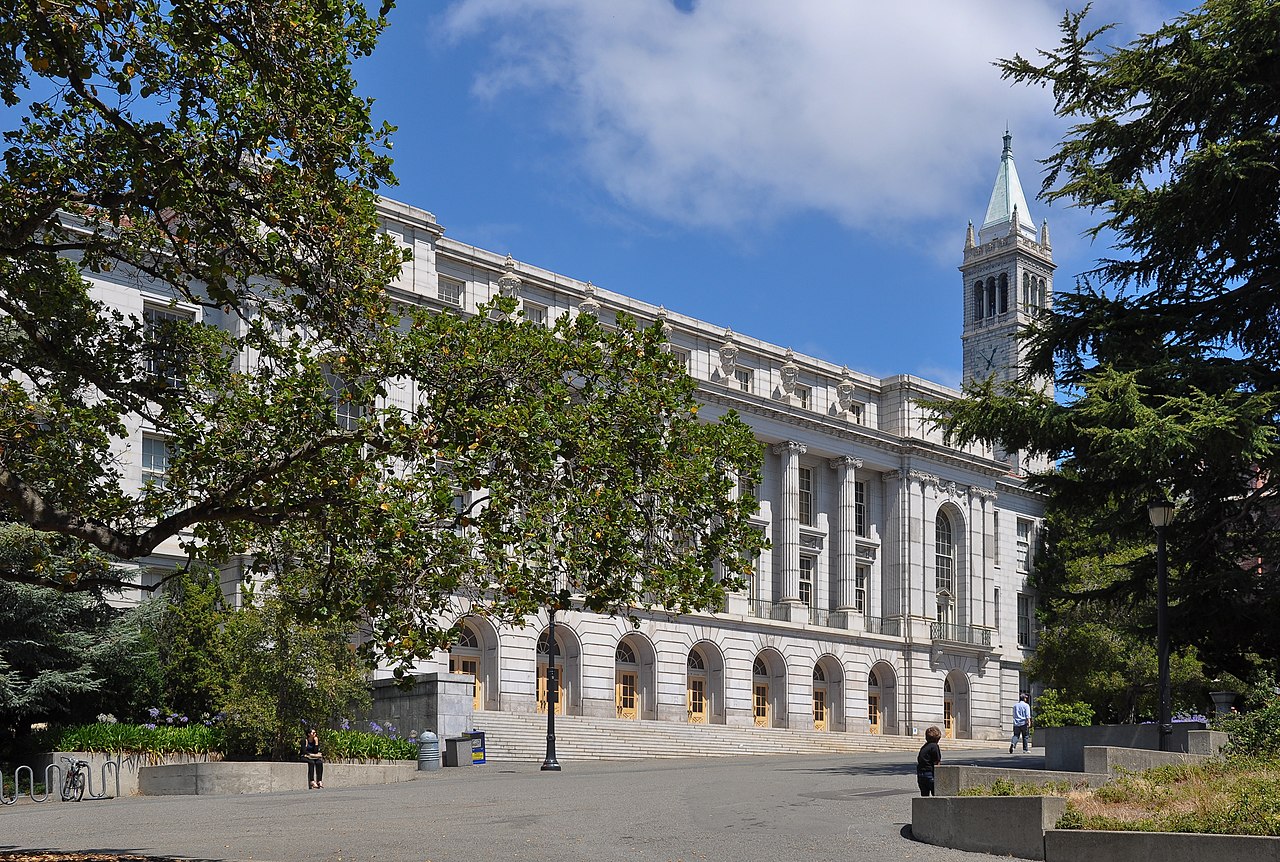
Wikimedia Commons user Bob Collowan
According to UC Berkeley professor David Sunding, in his analysis he sees that “The benefits clearly justify the costs.”
A Billion Dollar Project for a Trillion Dollar Economy
Those who have analyzed the project have worked out that building the tunnel will create $2.20 in benefits for every dollar spent.

Giorgio Trovato/Unsplash
Experts have said that the numbers speak for themselves. While it may be a $20 billion project, it will help to serve a $2.3 trillion economy.
Opponents of the Project
There is a wide spectrum of opponents to Newsom’s project. Concerns are being raised by environmental groups for example.
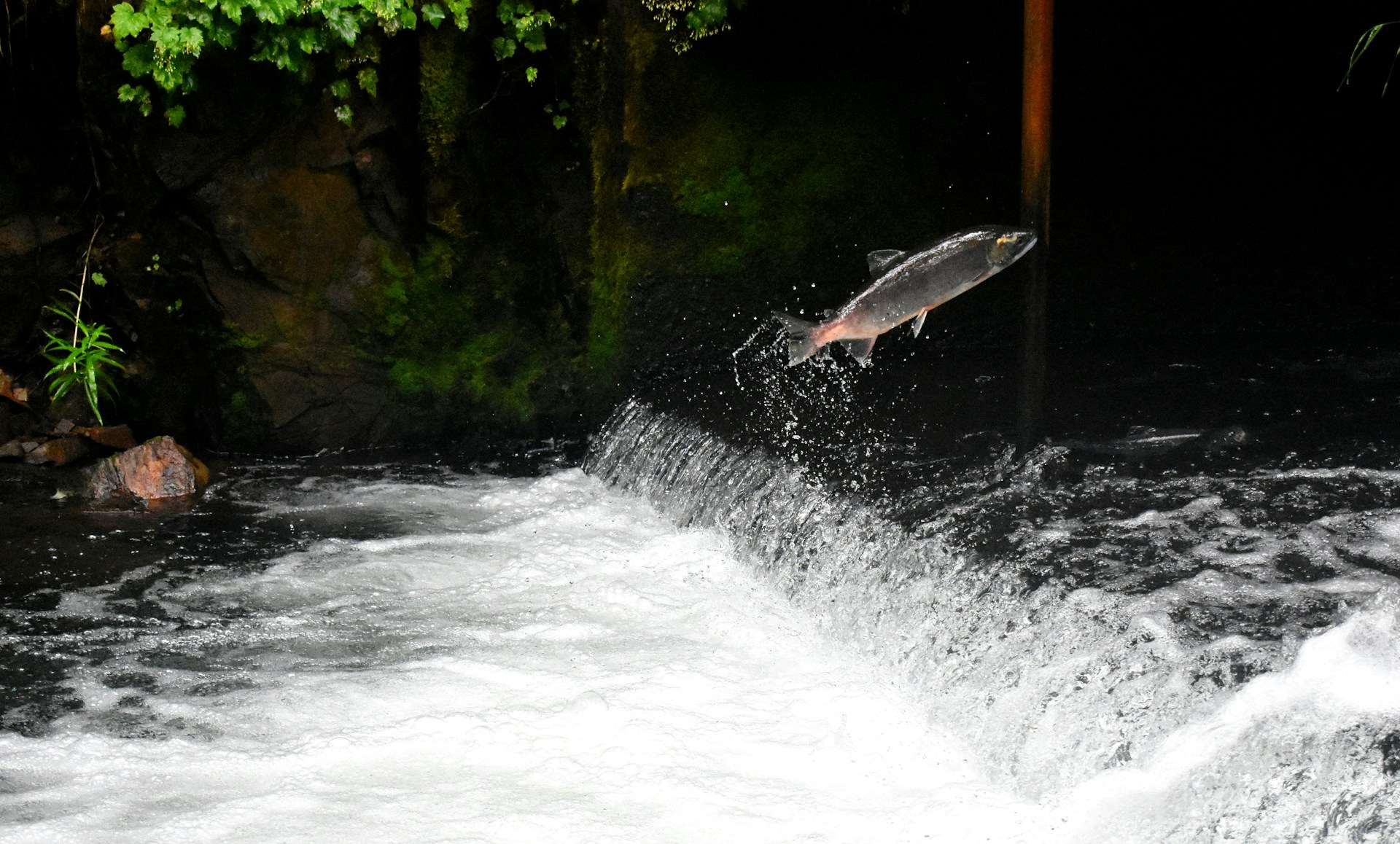
Unsplash user Drew Farwell
Their concern is that an endangered species of salmon in the Sacramento-San Joaquin River Delta’s ecosystem will be at further risk if the plan goes ahead.
The Tunnel Is a Public Relations Stunt
Opponents of the project have made their thoughts and feelings very clear, claiming it is nothing more than a publicity stunt and isn’t actually needed.
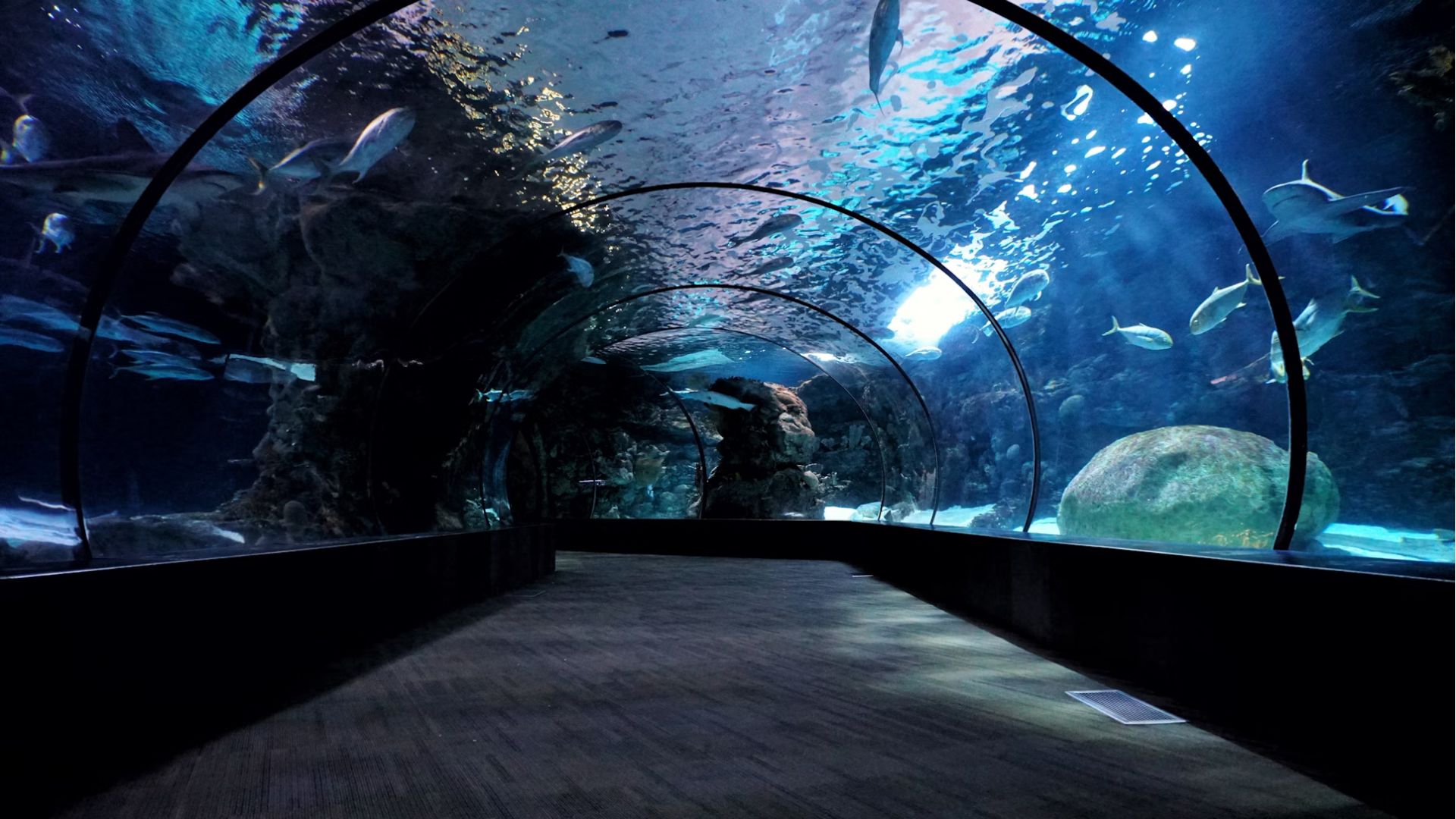
Zachary Spears/Unsplash
According to opposition groups, the state hasn’t properly done the cost-benefit analysis that it should have done and hasn’t taken into account the negative effects this tunnel would have on communities.
Benefits Only for Beverley Hills
Other critics of the project have said that it has only been created to benefit Beverley Hills and completely ignores the needs of those in Delta communities.
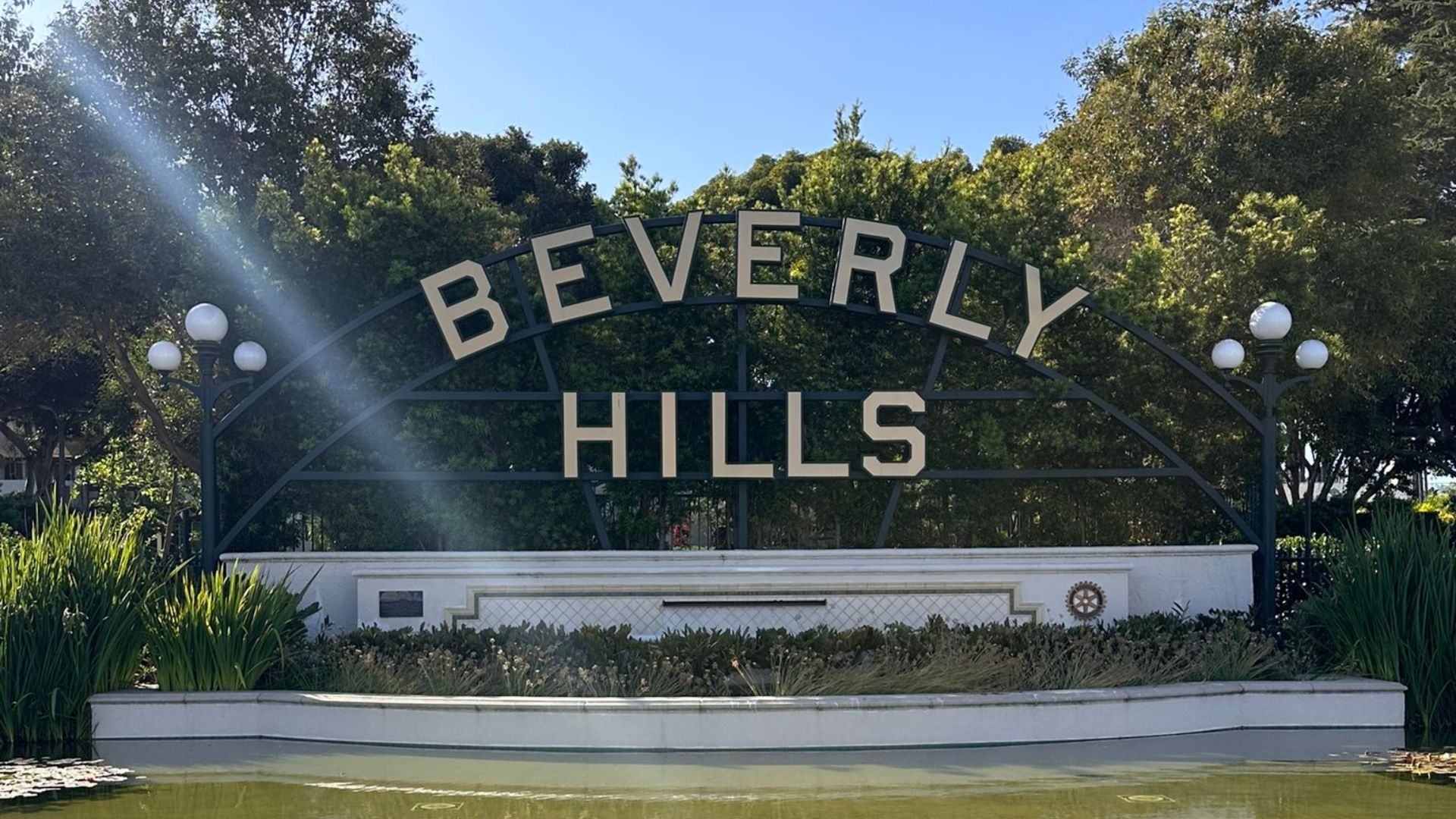
@thatsverybig/X
These comments were made by US Representative Josh Harder, a Democrat like Newsom. Harder said he feels that politicians in Sacramento are completely ignoring what those who live in the Valleys are saying.
Water Will Be Diverted to Big Cities
One of the big worries with this project is that the water that is being taken from Delta communities will not benefit them at all.
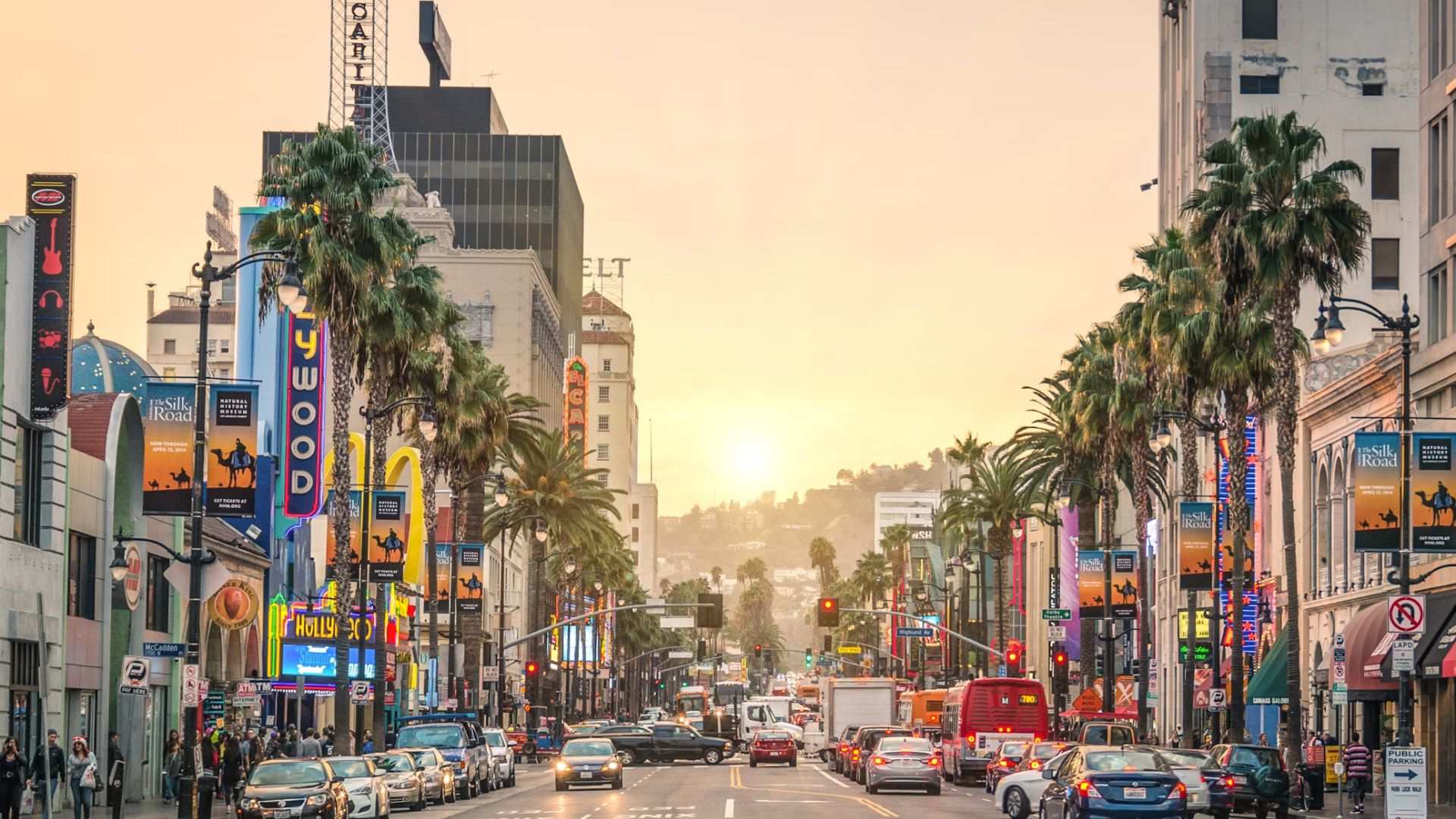
Lala Miklós/Unsplash
People living in big Californian cities will benefit most. However, scientists have recognized that this water is needed to recover Chinook salmon and steelhead populations.
Gavin Newsom Has Failed To Protect Outdoor Workers
One thing Newsom has been called out for failing to do is to protect outdoor workers from the extreme heat California has been experiencing.
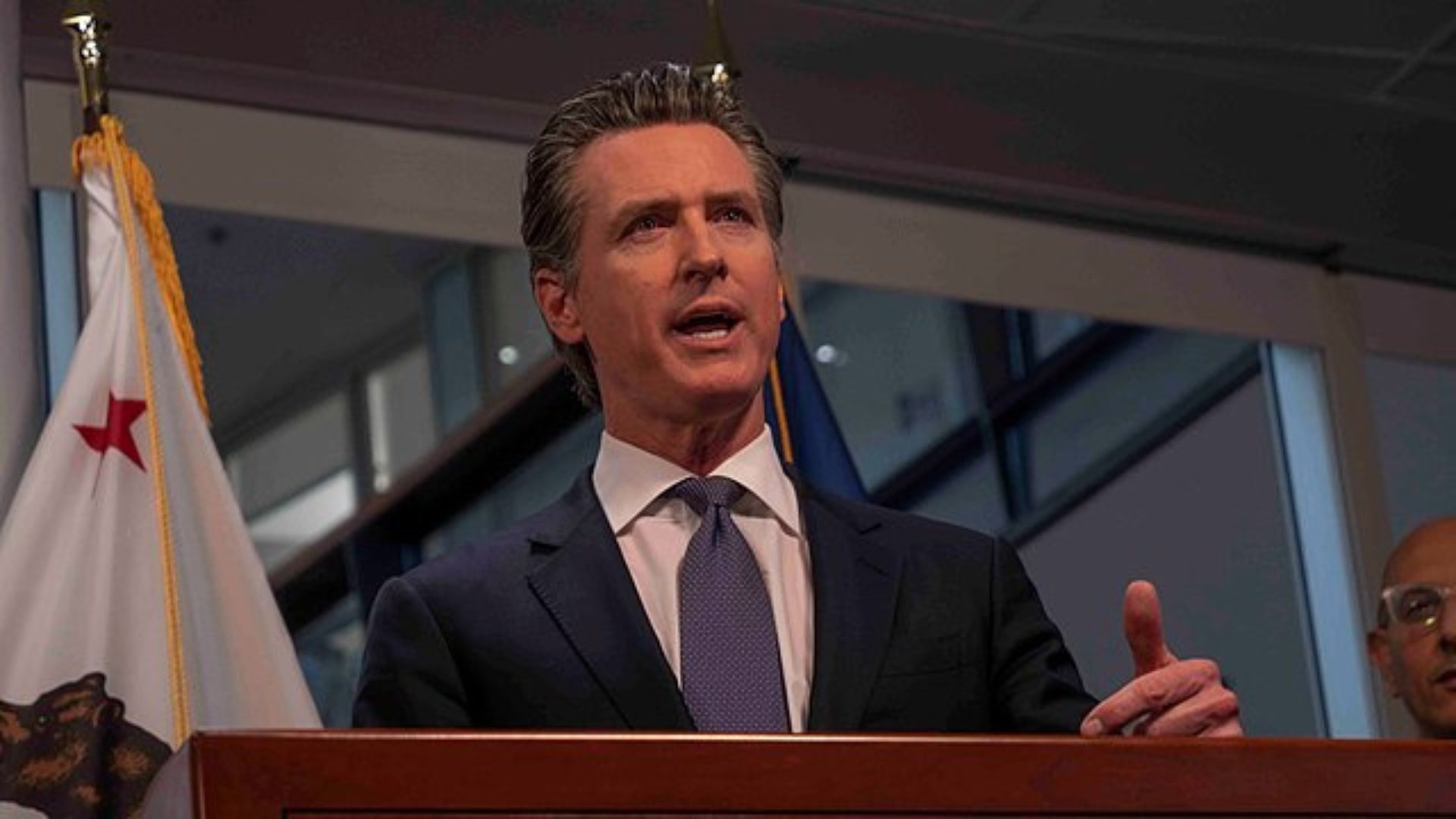
Office of the Governor of California/Wikimedia Commons
Newsom was meant to have appointed a board in 2018 to come up with proper standards to help keep over 1 million workers safe from the heat, but 6 years on and it still hasn’t happened.
Some People Will Lose Their Homes
Another water-based project that has been launched by the Californian government is the Sites Reservoir project that has been 45 years in the making.
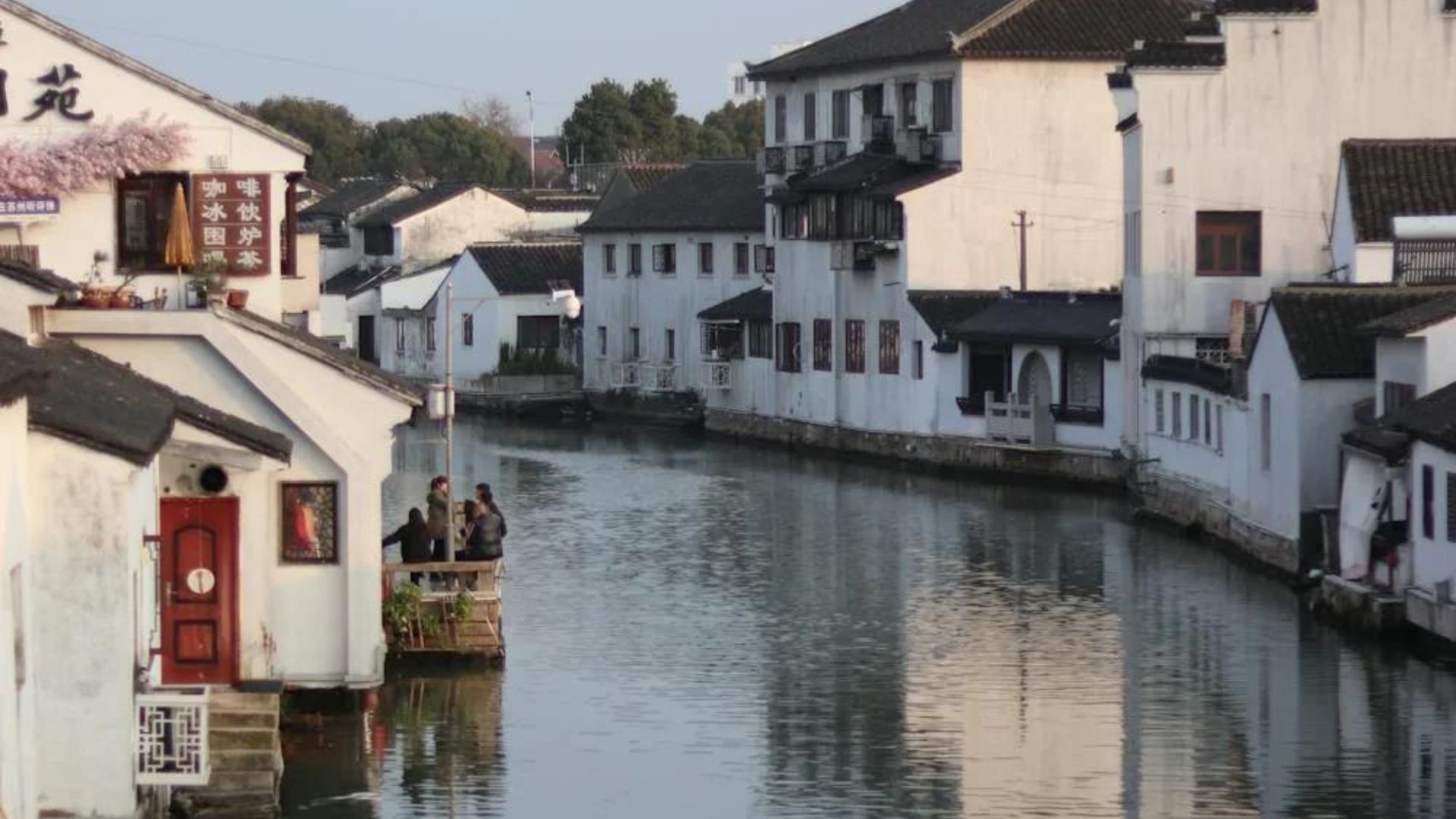
Thea Xiaa/Pexels
Those living in the Antelope Valley are at risk of losing their homes so the new reservoir can be built. Construction has only just started on this project, and it should be finished by 2029.
The Tunnel Will Not Work Until 2045
While the tunnel project is yet to take place, by current estimations, plans for how it will be funded aren’t set to be finalised until late 2026.
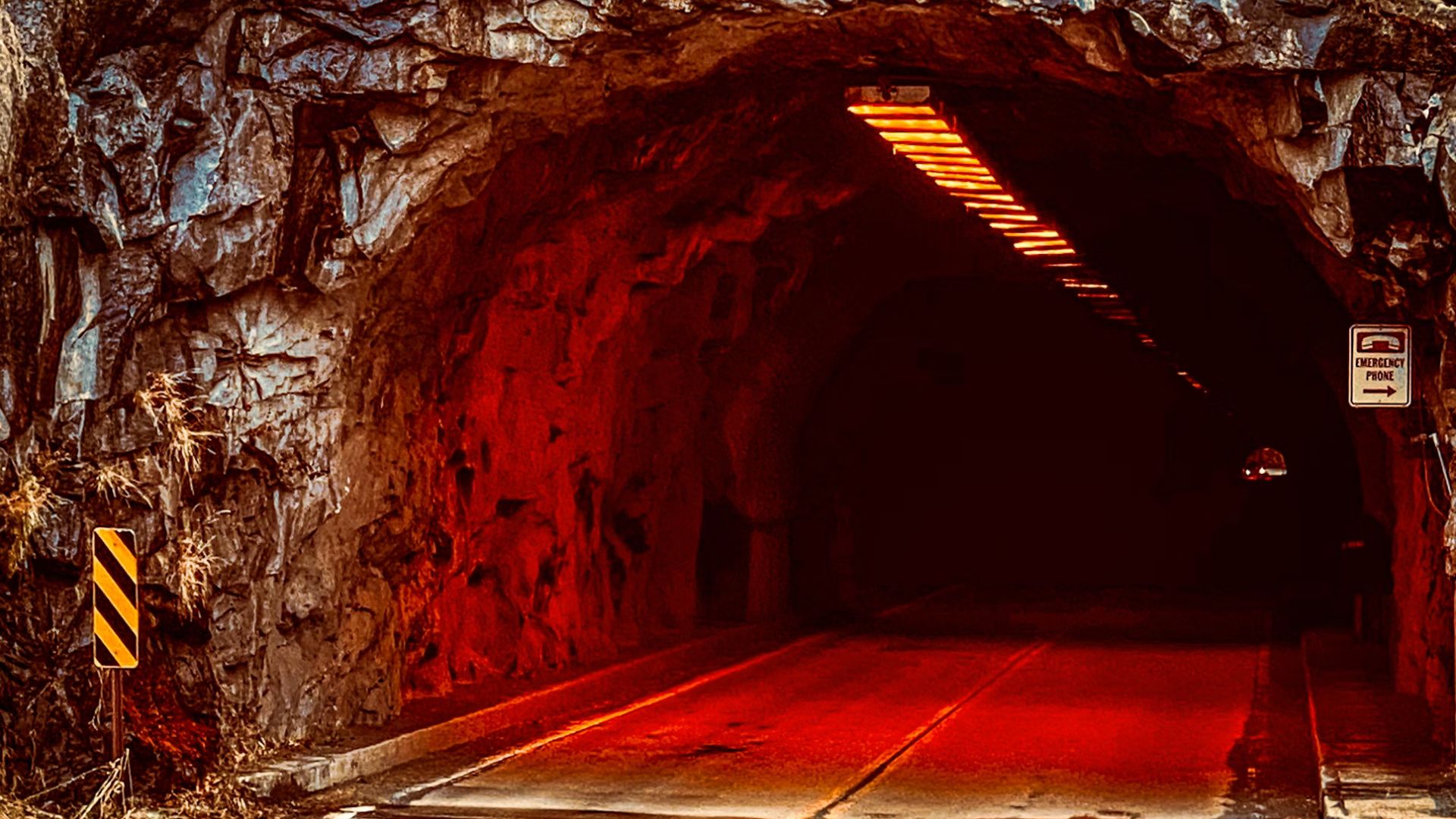
Nikhilesh Boppana/Unsplash
As a bit of a further blow, construction will not be taking place until 2029 at the earliest and the tunnel itself will not be able to deliver water until 2045, after a 15 year construction period.
California Environment
There are further worries from environmental groups over the disruption that the construction will cause in Northern California.
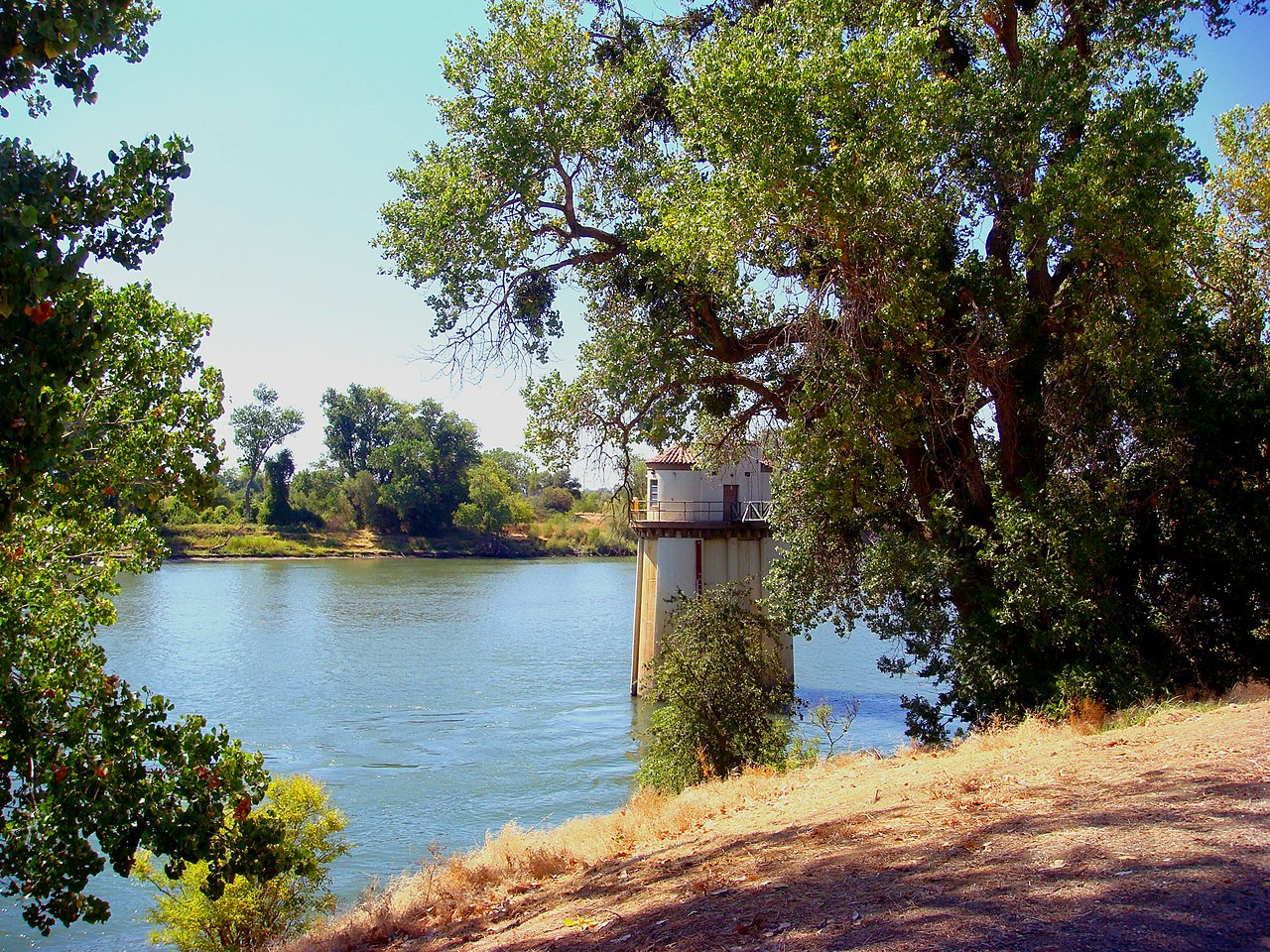
J. Simonsen
The building will cause damage to farmlands, lower the water quality in the Delta, and contribute to noise and air pollution.
California Has No Choice in the Matter
It appears that Californians have no choice in the matter, especially where supporters of the project are concerned.
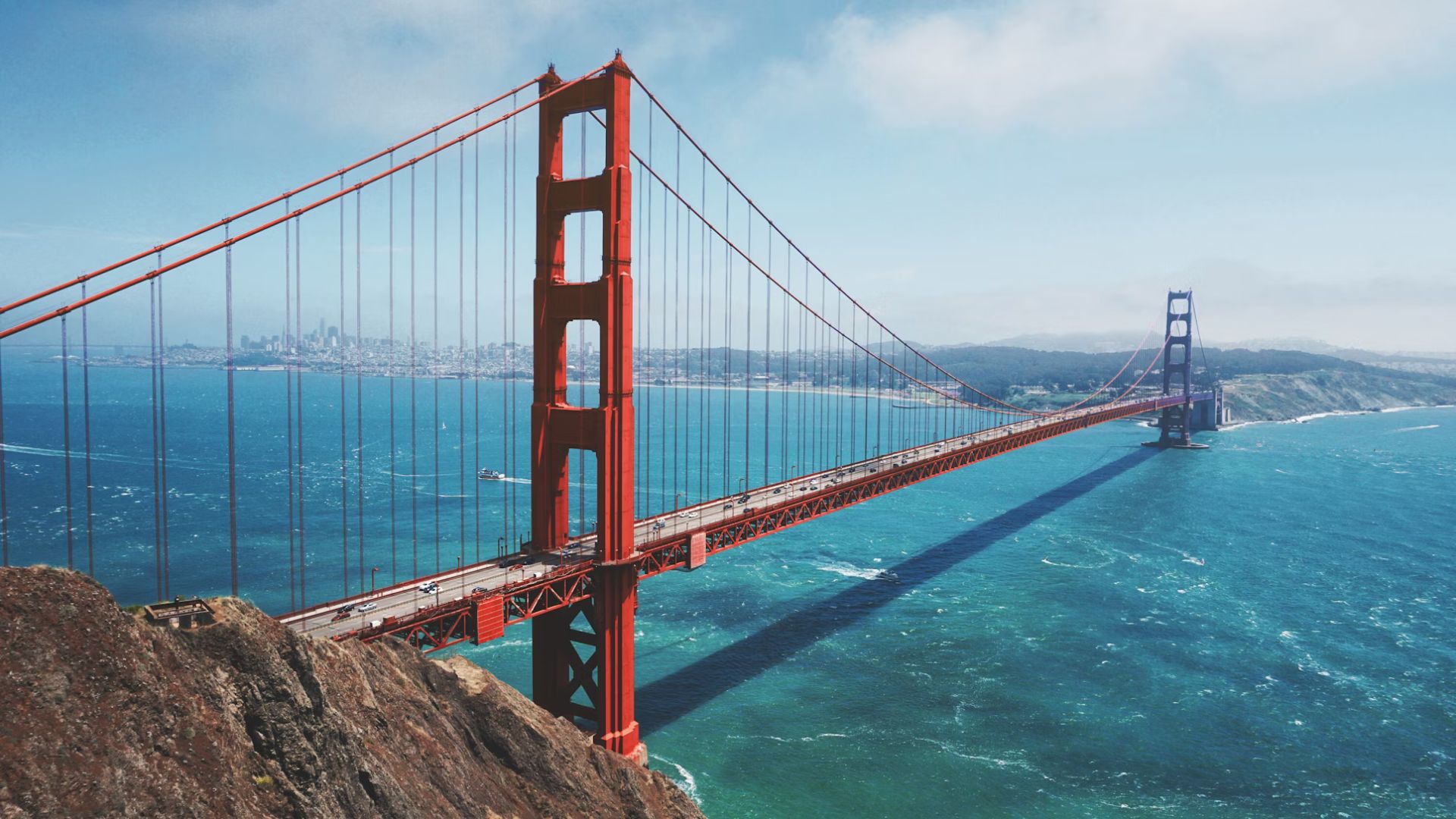
Maarten van den Heuvel/Unsplash
The supporters state that as long as the people of the Golden State don’t want their water supplies to decline, this tunnel will have to be built.
Compensating for Construction
In order to compensate for these issues, the state is planning to set aside $200 million for projects in the area to counteract the construction.

Panoramio user Chris English
In Central Valley, however, there are concerns over water being siphoned from the area to benefit Southern California.
Lawmaker’s Input
According to Representative Josh Harder: “This new analysis acknowledges what we’ve known all along the Delta Tunnel is meant to benefit Beverly Hills and leave Delta communities out to dry.”
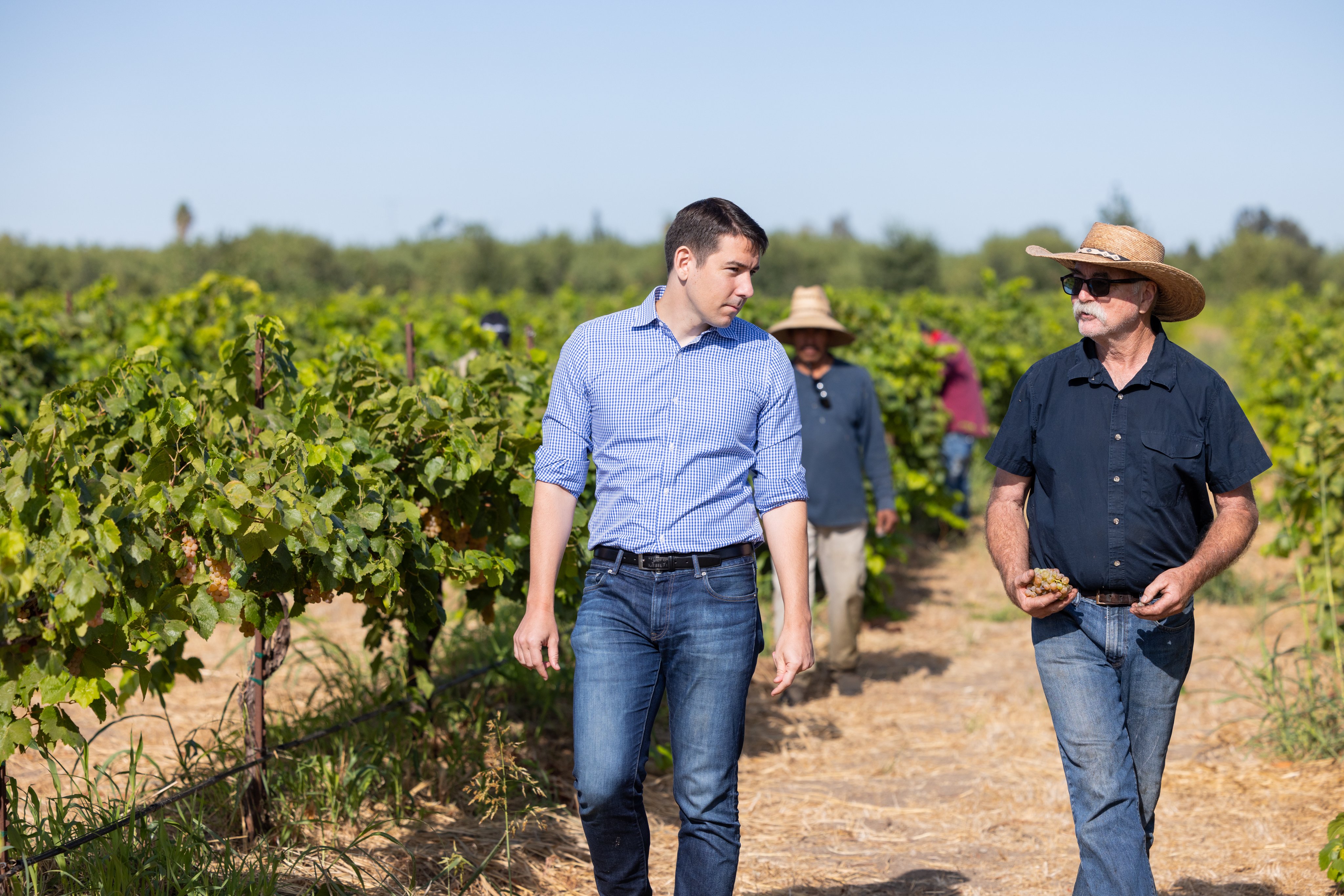
X user JoshHarder
He went on to state: “I’m sick and tired of politicians in Sacramento ignoring our Valley voices, and I will do everything in my power to stop them from stealing our water.”
Decline in Water Project Deliveries
Drought is a real issue in California and many other areas worldwide, which is why water projects are needed to try to keep reserve supplies of water so that communities don’t go without.
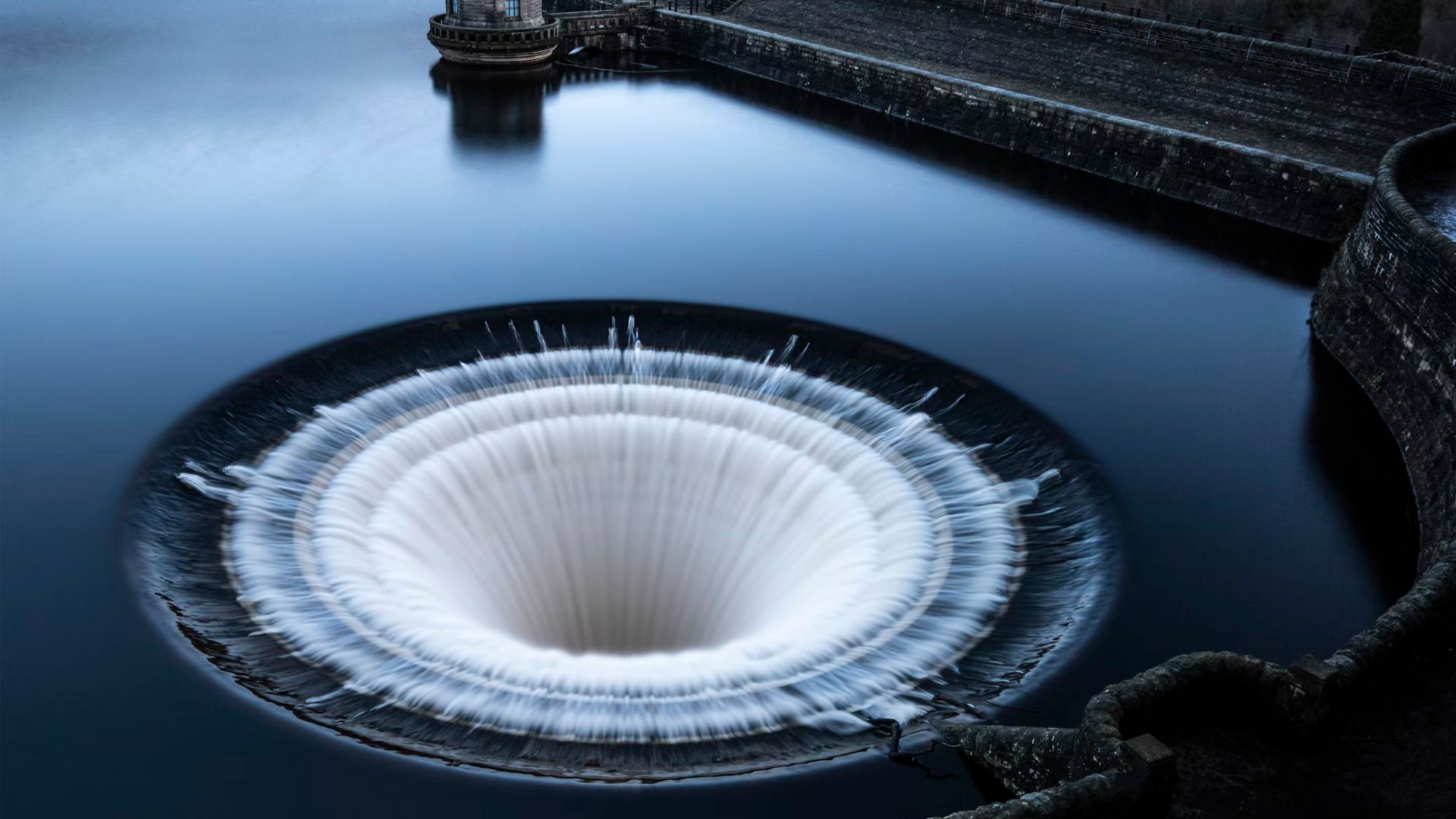
Jonathan Bean/Unsplash
However, the drought is causing reservoirs to drop to dangerously low levels, and it has been predicted that by 2070, these water project deliveries will be down by 22% due to climate change.
Impact of Droughts
California has experienced two major droughts over the last 15 years, from 2011 to 2017 and from 2020 to 2022.
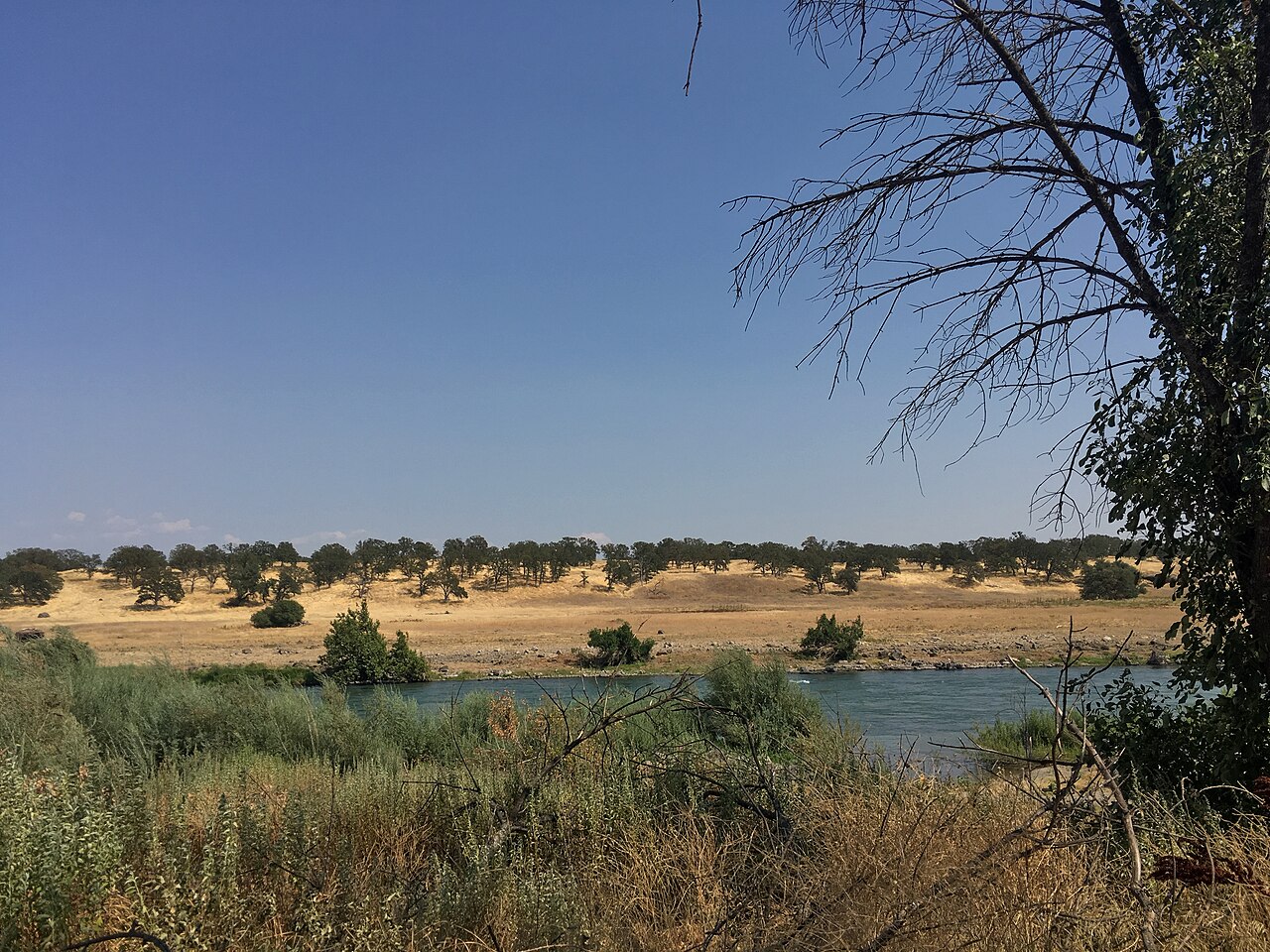
Wikimedia Commons user Nickdp190
The decrease in average annual water supplies could result in losses of 50,000 jobs and 900,000 acres of farmland.
The backlash to Newsom’s proposal could signal a need for alternative solutions to combat the water supply woes of California moving forward.
